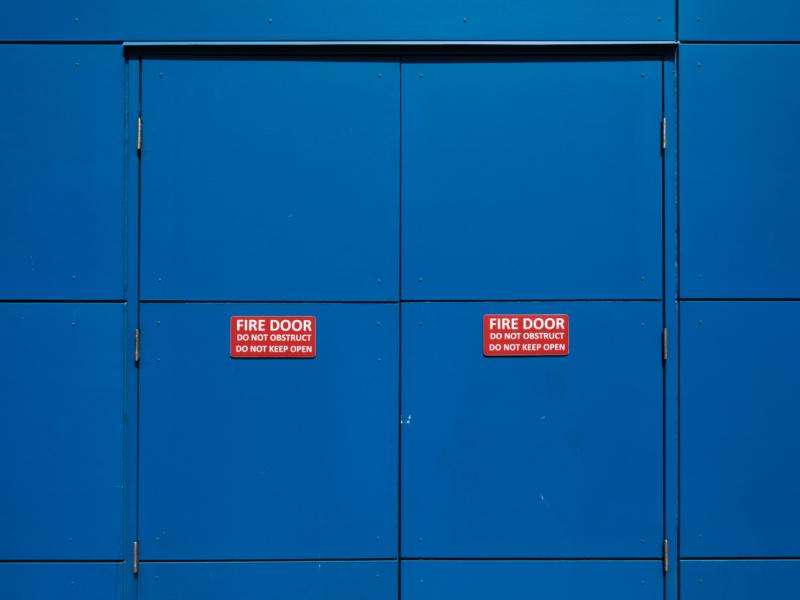Ho! Ho! Ho! and off we go into the silly season. And very silly it can be with ACC paying out millions – yes, millions – for the thousands of us who come to grief in our merriment over those six particularly dangerous days - Christmas Eve, Christmas Day and Boxing Day, New Year’s Eve, New Year’s Day and January 2.
With luck we may not all be as unfortunate as the man from Möenchengladbach in Germany who, after watching a TV advert showing people having fun throwing their old Christmas trees out the window, did just that…only he forgot to let go and fell seven metres from his third-storey apartment window onto the cobbled street. The tree did not break his fall, but the pavement broke his bones and he was taken to hospital in a critical condition.
Tree-throwing aside, there are many vicious traps for the unwary.
Such as the two Christmas kittens who charged up the tree and brought the whole thing down. Result: the father who tried to stop the fall got a pine needle in his eye as well as cuts from the broken decorations; one child got a split lip when he fell trying to get out of the way; his brother bloodied his nose tripping over his fallen sibling; and the mother got her own cuts and scrapes trying to save them all from themselves.
Getting pierced with tree needles is, no surprise, pretty common as is cutting your hand whilst carving the ham and/or turkey and being struck by the cork from a champagne bottle. In fact, it has been reported that on average 24 people a year die from being hit by such a cork. (This information comes in at number five on a list of surprisingly deadly things including vending machines, selfies, falling out of bed, volcanoes, coconuts, hot tap water, messy handwriting (such as doctor’s misinterpreted prescriptions), animal-drawn vehicles, falling TVs, left-handed people using right-handed things, being buried alive, armed toddlers (notorious, apparently, for finding their parent’s ‘hidden’ weapon – never underestimate a toddler!) and elephants.
So, Why does a cork shoot out of a champagne bottle with such force? Rhett Allain, associate professor of physics at Southeastern Louisiana University and the author of the Wired magazine science blog Dot Physics (wired.com) explains:
The first reason that cork sails across the room is because you made a mistake. Don’t shoot that champagne cork, instead hold your hand over it while you open it. Otherwise you could hurt someone – or even worse, spill some alcohol.
The second reason is that champagne contains dissolved carbon dioxide. This carbon dioxide produces internal pressure that pushes on the cork. But here is the cool part. Normally, this internal pressure exerts an outward force on the cork that is balanced by a frictional force between the cork and the walls of the bottle (and maybe a force from the cork net on top of it). However, once the cork starts moving it transitions from static friction to kinetic friction with a lower value such that the forces are no longer balanced. The cork then accelerates and shoots out of the bottle.
But how fast is it? If you know the size of the cork and the frame rate of a cork shooting video, you can also get position and time data.
By January this year 3360 Kiwis had made ACC claims for Christmas Day accidents. They didn’t specify exact injuries except to note that many were from tripping and falling (i.e. skidding on discarded wrapping paper, tripping over new toys, falling off new skateboards, scooters and bikes, etc.)
But, trawling through the Internet looking at news items and notices put out by district health boards around the world especially for Christmas we can reasonably expect to come to grief when we least expect it.
According to the English NHS in that country an average 1000 people suffer from tree-related injuries and 350 people are hurt by exploding twinkling fairy lights. They slice themselves instead of the turkey, burn themselves on the oven getting the bird out, don’t dodge those heinous champagne corks, catch their eyelids in the zippers of new Christmas jumpers, choke on too much food, get glitter in their eyes from Christmas cards, lit candles that tipped and set fire to the table and the curtains and the tree, did weird, wonderful and stupid things under the influence of a Christmas tipple, broke and strained arms from pulling crackers, injured themselves with out of control electric toys, burned themselves pulling on a new sweater or shirt while still holding a cigarette in their mouth, cracked their skulls on the toilet bowl while throwing up into it, chewed and swallowed tree baubles that they mistook for chocolate decorations and watered the tree while the lights were switched on. And testing a 9V battery with their tongue did for three Brits. No surprise then that one British hospital reported a 41 percent spike in admissions in December over any other month.
But wait! There’s more! One hundred and one people have had to have broken parts of plastic toys pulled out of the soles of their feet. 142 people were injured over just one Christmas by not removing all pins from new shirts. And in the past two years, 543 people were admitted to A&E after opening bottles of beer with their teeth.
I’m not sure why I can’t find more detailed accounts about the injuries we do to ourselves in New Zealand but we probably are on a par with our northern counterparts. Certainly, those across the Tasman do the same damage to themselves as we do, although food poisoning is a bigger risk for them in the very strong heat.
So, there you go – if you end up in A&E this Christmas, you should probably be embarrassed, but rest assured, you won’t be alone.
‘Tis the season to be safe
Health & Safety
Wednesday, 05 December 2018






